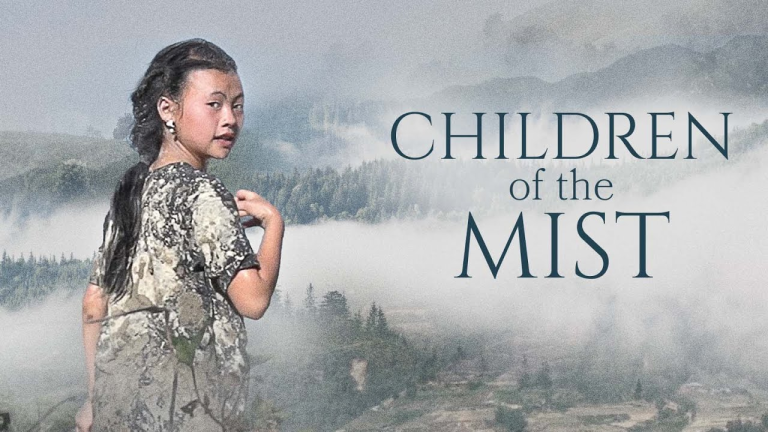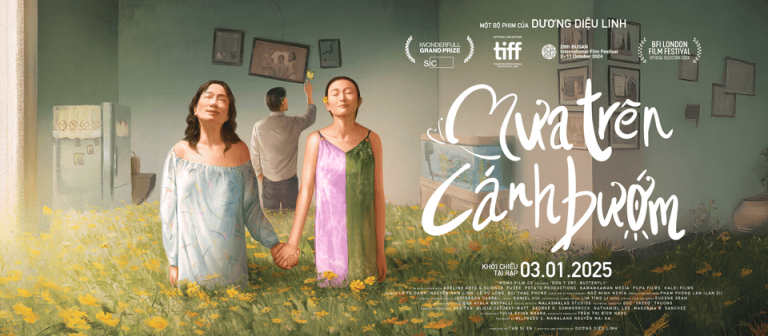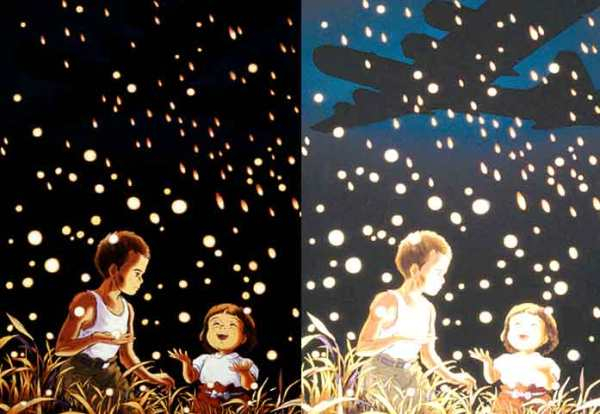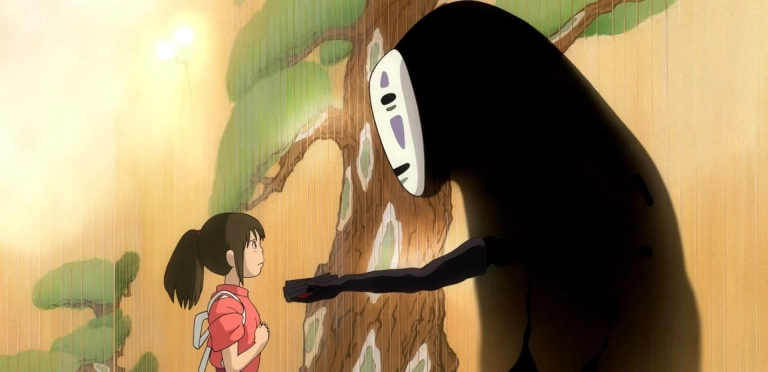In 2022–2023, while Vietnamese cinema saw limited critical success—with commercial hits like Bố Già and Nhà Bà Nữ dominating local screens—the documentary scene quietly produced something remarkable. Children of the Mist initially received little attention but gained recognition after making it onto the Oscar shortlist for Best Documentary Feature. Though it didn’t reach the final nomination stage, its inclusion in the top 15 was itself a testament to its quality. I recently had the chance to watch this film and was fortunate enough to attend a Q&A session with the director, Hà Lệ Diễm, which added even more depth to my experience.
Note: This review contains spoilers
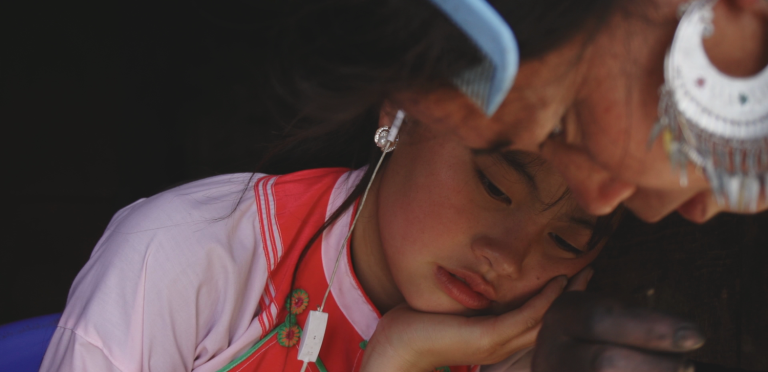
A Glimpse into a Hidden World
Children of the Mist, directed by Hà Lệ Diễm—a female filmmaker of Tày ethnicity—was shot between 2017 and 2020. The film follows a young Hmong girl named Di, living in Sa Pa. At just 14 or 15 years old, still enjoying school and innocent games with friends, Di suddenly becomes the target of a forced marriage via the local “bride kidnapping” tradition.
This practice, although technically illegal under Vietnamese law, remains a customary rite among some ethnic Hmong communities. Local authorities can only promote awareness and education; they cannot outright ban such deeply rooted traditions.
The Turning Point
In the film’s opening, Di is portrayed as cheerful and carefree. Though aware of the tradition, she doesn’t appear particularly afraid—until she herself becomes a victim. One day, Di is “kidnapped,” and suddenly vanishes from the frame. The audience follows director Hà Lệ Diễm and Di’s family in their search for answers.
Di’s mother is deeply opposed to the marriage. She already lost one daughter to the same custom and had hoped Di could at least reach adulthood. Her distress is palpable—crying, pleading with Di not to fall into the trap.
Di herself is devastated, resisting fiercely. She eventually returns home in tears, refusing to go with the groom’s family. Teachers and school administrators attempt to intervene, but Di’s family—though reluctant—feels pressured to follow tradition to preserve their reputation.

The Film’s Emotional Peak
The climax unfolds as Di is once again dragged away. According to custom, her parents cannot interfere. Di screams and begs for help, even calling out to the director: “Chị Diễm ơi, cứu em!” (“Sister Diễm, help me!”). This raw, emotional moment is one of the most powerful in the film. Thankfully, due to Di’s resistance, the wedding is eventually called off. But many others in similar situations aren’t so lucky.
Echoes of A Phủ
The story instantly brought to mind Vợ Chồng A Phủ, a classic Vietnamese literary work by Tô Hoài. Like the character Mị in that novel, Di is a girl caught in a cruel, patriarchal custom. But while A Phủ was fiction written by a Kinh author, Children of the Mist is a documentary told by a Tày director, in collaboration with Hmong translators and cultural advisors. It’s a rare, authentic voice from within the community.
No Villains—Only a Toxic System
Unlike traditional narratives, the film has no outright villain. The groom’s family, and even the boy Vàng who kidnaps Di, are products of the same culture. Vàng is young, naive, and expresses some regret during interviews, saying things like “I may have taken the wrong path.” The real antagonist here is the tradition itself.
The film shows that even when individuals disagree with the custom, they feel powerless to oppose it. It’s a societal cage that everyone acknowledges but few dare to escape.
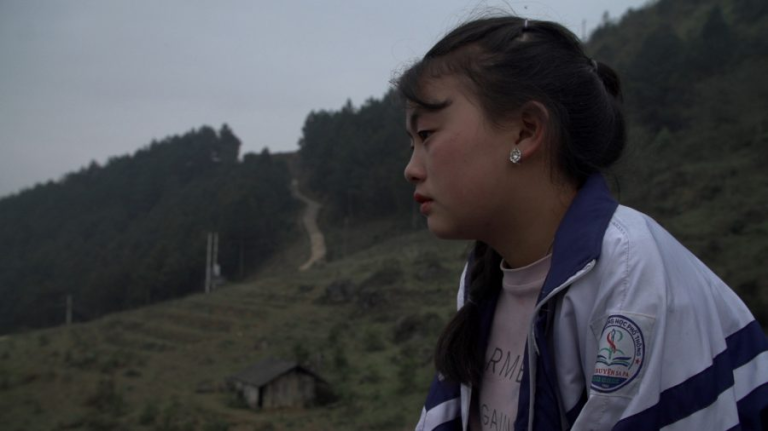
Technical Observations
From a filmmaking standpoint, Children of the Mist might not have the polish or narrative momentum of Netflix or Oscar-winning documentaries. Some scenes feel disconnected, especially in the first half. But what it lacks in structure, it more than makes up for in authenticity. Hà Lệ Diễm lived among the Hmong people for years before filming Di. She shot the film over three years, becoming like family to her subjects.
Director’s Q&A: Behind the Scenes
What Happened to Di?
Fortunately, Di was never subjected to the tradition again. After escaping the arranged marriage, she received a scholarship from an Australian university, eventually married by choice, and opened a clothing shop with her mother. She also participates in screenings of the film, suggesting she’s proud of her journey.
Why Did Hà Lệ Diễm Make This Film?
Interestingly, the film wasn’t initially meant to be about bride kidnapping. Hà met Di during a community project and began filming her simply to capture her youthful innocence. The documentary shifted focus only after the unexpected kidnapping attempt, making the film’s evolution all the more organic and poignant.
Did the Director Intervene?
While it may seem like Hà remained passive behind the camera, she revealed that she did, in fact, try to stop the abduction off-camera. She dropped her camera to help Di, though those moments weren’t captured on film. Her first instinct was to protect, not to document.
How Did the Hmong Community React?
According to Hà, many Hmong people—especially those living abroad—have responded positively. They’ve offered support to Di and appreciated the film’s honesty. With the involvement of Hmong translators and cultural advisors, the film avoids imposing an outside perspective. Even Di’s family supports the film’s release, seeing it as a way to highlight and perhaps change their reality.
Other Issues Highlighted
In addition to bride kidnapping, the film touches on broader social issues: excessive drinking, early school dropouts, and exposure to opium cultivation. These are real, persistent problems that reflect the hardships of life in remote areas.
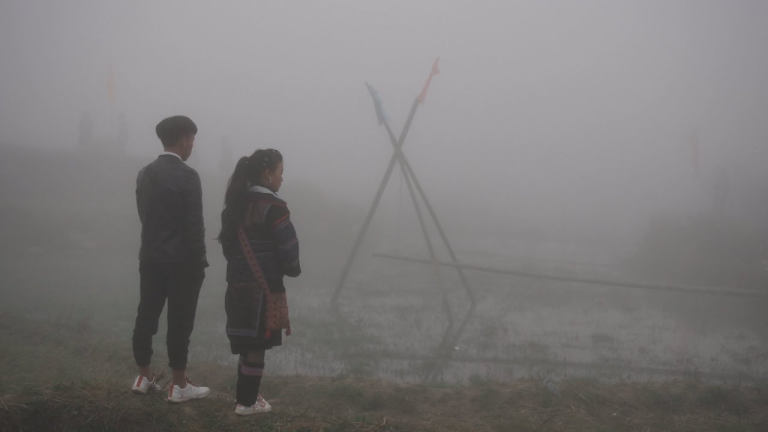
Final Thoughts
Children of the Mist is not the most technically refined documentary I’ve seen, but it’s among the most sincere. The “behind-the-scenes” story, shared by director Hà Lệ Diễm, elevates the film even further. It’s a heartfelt tribute to a young girl’s resilience and a call to confront harmful traditions—not through judgment, but through understanding and change.

